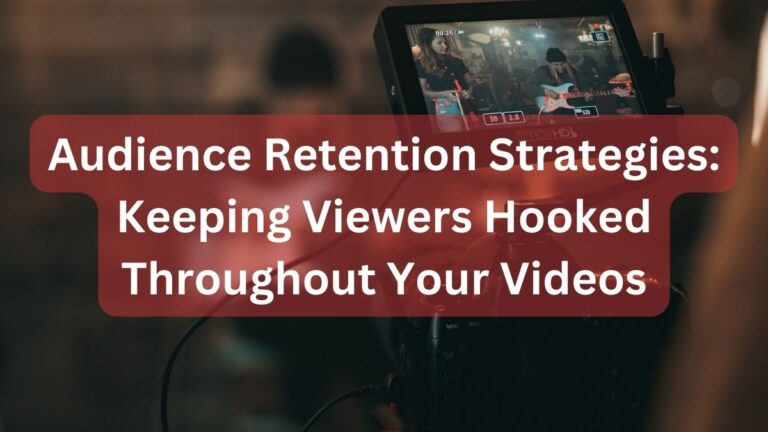Live Streaming Best Practices: A Comprehensive Guide for 2023
Live streaming, once a novelty, has exploded into the forefront of our digital experience. With platforms like Twitch attracting over 140 million monthly active users and Facebook Live videos garnering six times more interactions than traditional videos, there’s no doubt that live streaming is more than just a trend. With that, let’s dive in to live streaming best practices.
Pre-Stream Planning
Define Your Objectives
Before diving camera-first into live streaming best practices, establish the purpose. Are you aiming to educate? Engage? Monetize? Setting clear, measurable goals will direct your strategy. “Begin with the end in mind,” says renowned author Stephen Covey, and this holds true even in the dynamic world of live streaming.
Know Your Audience
Having a grasp on your audience’s demographics and preferences is key. In fact, studies show that 80% of audiences would rather watch live video from a brand than read a blog. Cater your content accordingly and choose times when most of your audience is active online.
Content Preparation
Your streams should feel natural, but a bit of planning won’t hurt. Draft some talking points to stay on track. To boost engagement, introduce interactive segments, such as Q&As or polls. Teasers on platforms like Instagram Stories can also drum up anticipation.
Technical Preparations
Platform choice matters. While Twitch dominates the gaming community, platforms like LinkedIn have become attractive for professional and business streams. Whichever you choose, ensure a steady internet connection. As video marketing strategist Derral Eves puts it, “Streaming is only as good as your signal.”
Setting Up Your Environment
Visuals
The age-old saying, “First impressions matter,” rings true in live streaming. Proper lighting can make the difference between amateur and professional broadcasts. An uncluttered background or a green screen can add a touch of professionalism. With 82% of traffic predicted to be video by 2022, ensure your streams are at least in HD.
Audio
Sound quality is equally crucial. Noisy backgrounds can turn viewers off. Blue Yeti or lapel mics offer excellent sound quality without breaking the bank.
Hardware and Software
The market is rife with streaming software options. Tools like OBS or Streamlabs come highly recommended by seasoned streamers. Remember to keep your graphic overlays and transitions smooth and consistent.
Engagement and Interaction
Promote Real-time Interaction
Engagement is the lifeblood of live streaming. Encourage reactions, comments, or shares. Platforms like YouTube allow super chats, drawing attention to specific viewers—a tactic many creators swear by.
Integrate Social Media
Streaming isn’t confined to one platform. With tools like Restream.io, you can broadcast across multiple channels, multiplying your reach.
Schedule Regular Streams
Consistency is a commitment that pays off. Users are more likely to return if they know when to expect you. As live video expert Luria Petrucci says, “Live streaming is a marathon, not a sprint.”
Monetization
Ads and Sponsorships
Ads can be a source of revenue, but balancing is key to ensure viewer experience isn’t compromised. Sponsorships, especially from brands that align with your content, can also be lucrative.
Subscription and Donations
Platforms like Twitch and YouTube allow creators to offer subscriptions. Patreon is another platform where creators can get direct support from their fans.
Merchandising
From t-shirts to mugs, themed merchandise can become a significant revenue stream. Promote them during your streams for maximum visibility.
Post-Stream Practices
Analyze Metrics
Post-stream, it’s analysis time. Delving into metrics—viewership numbers, engagement rates, and more—can offer insights for future streams.
Gather Feedback
Feedback is gold. Platforms or tools like SurveyMonkey can help collect viewer feedback.
Archive and Repurpose
Save your streams for replay. According to Video Marketing Statistics, 85% of users want more video content from brands. Satisfy this demand by repurposing streams into bite-sized content or highlights.
Staying Updated
Tech and Trends
With technology ever-evolving, updates are frequent. Platforms introduce new features; ensure you’re not left behind.
Continuous Learning
Courses, webinars, and collaborations can further hone your streaming craft. Tapping into communities like the Live Streaming Pros group can offer invaluable insights.
Conclusion
Live streaming’s future looks bright and dynamic. By mastering these best practices, not only will you ride the wave but potentially become a beacon for others in this digital frontier.







